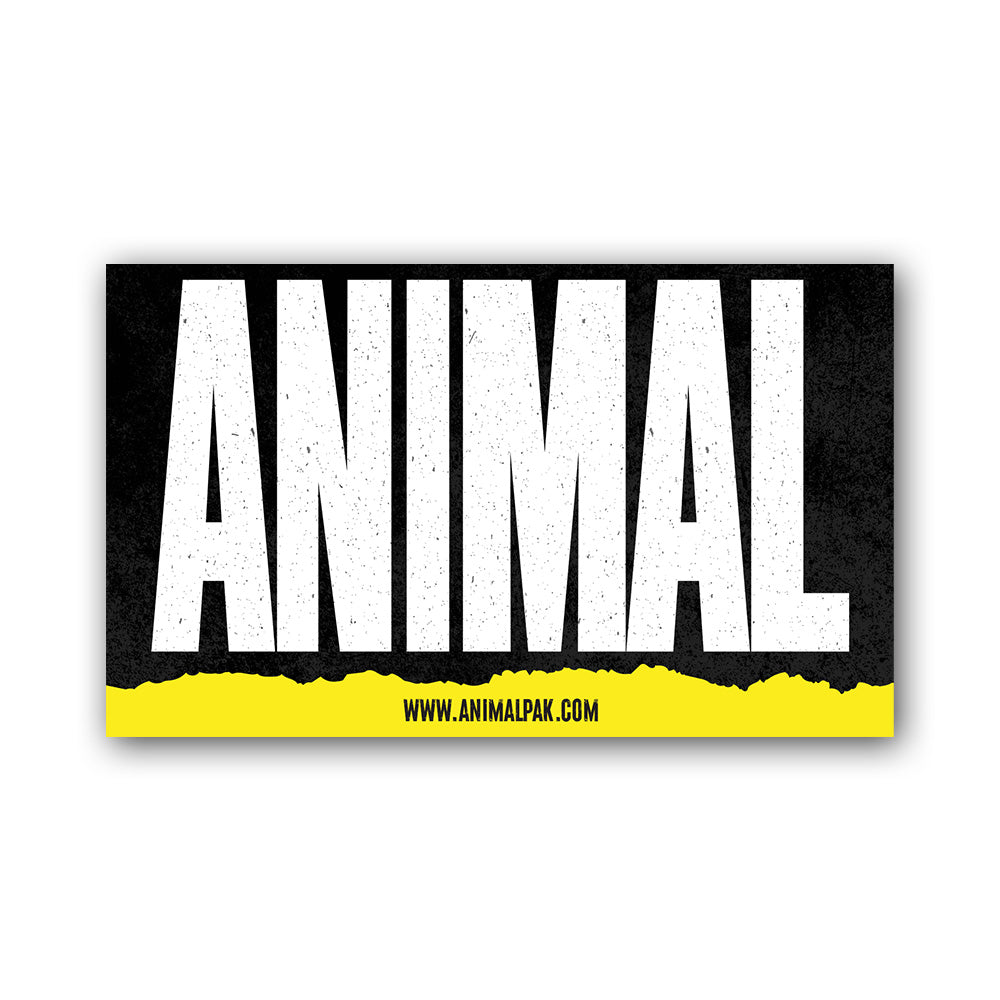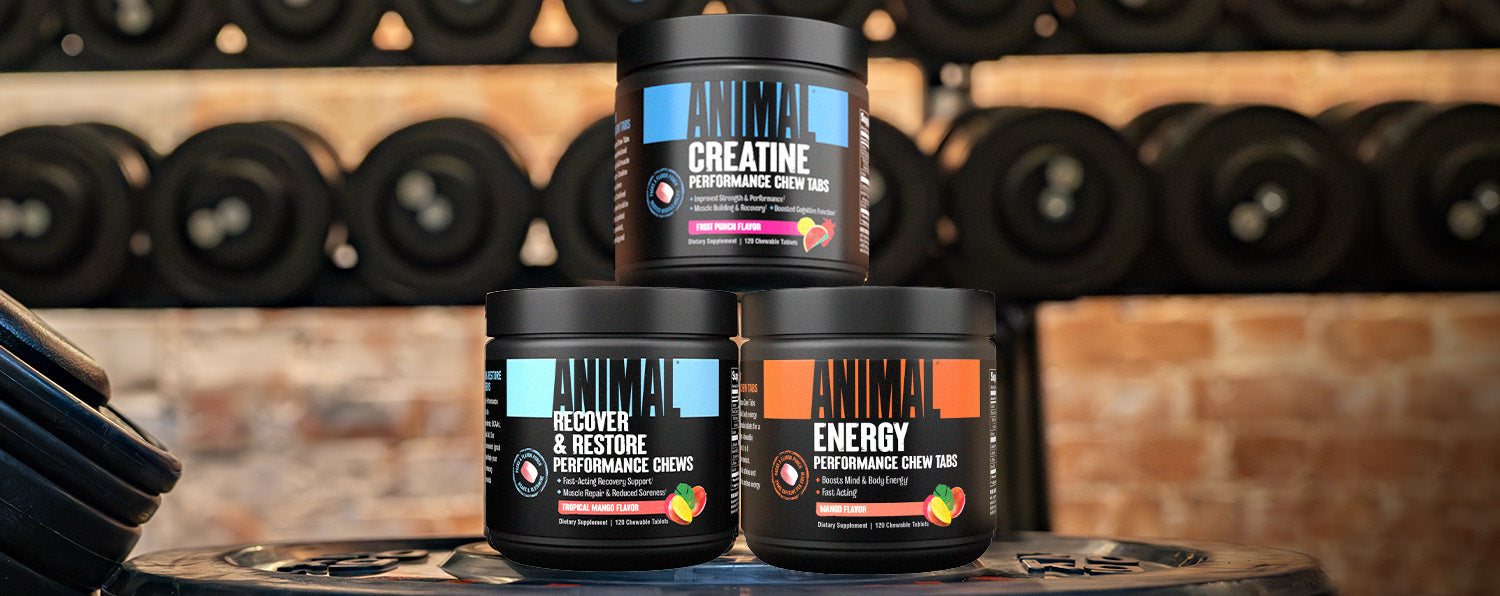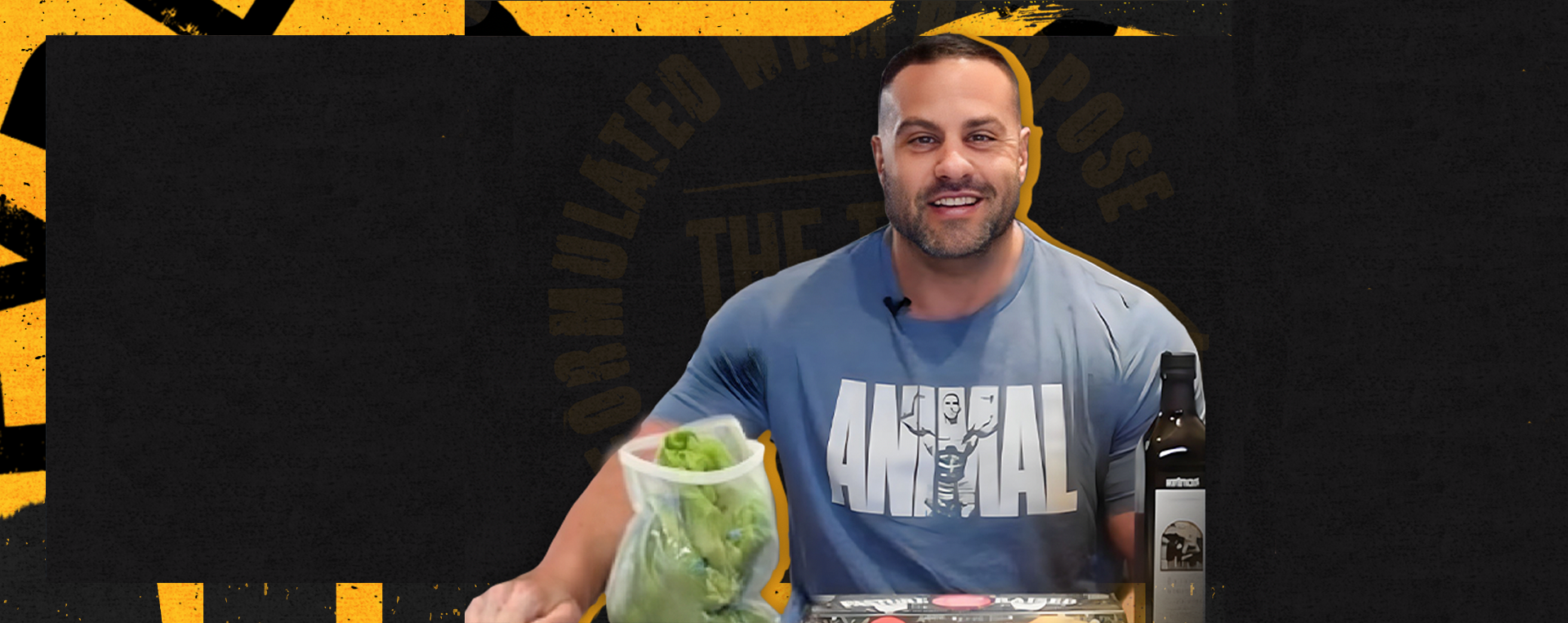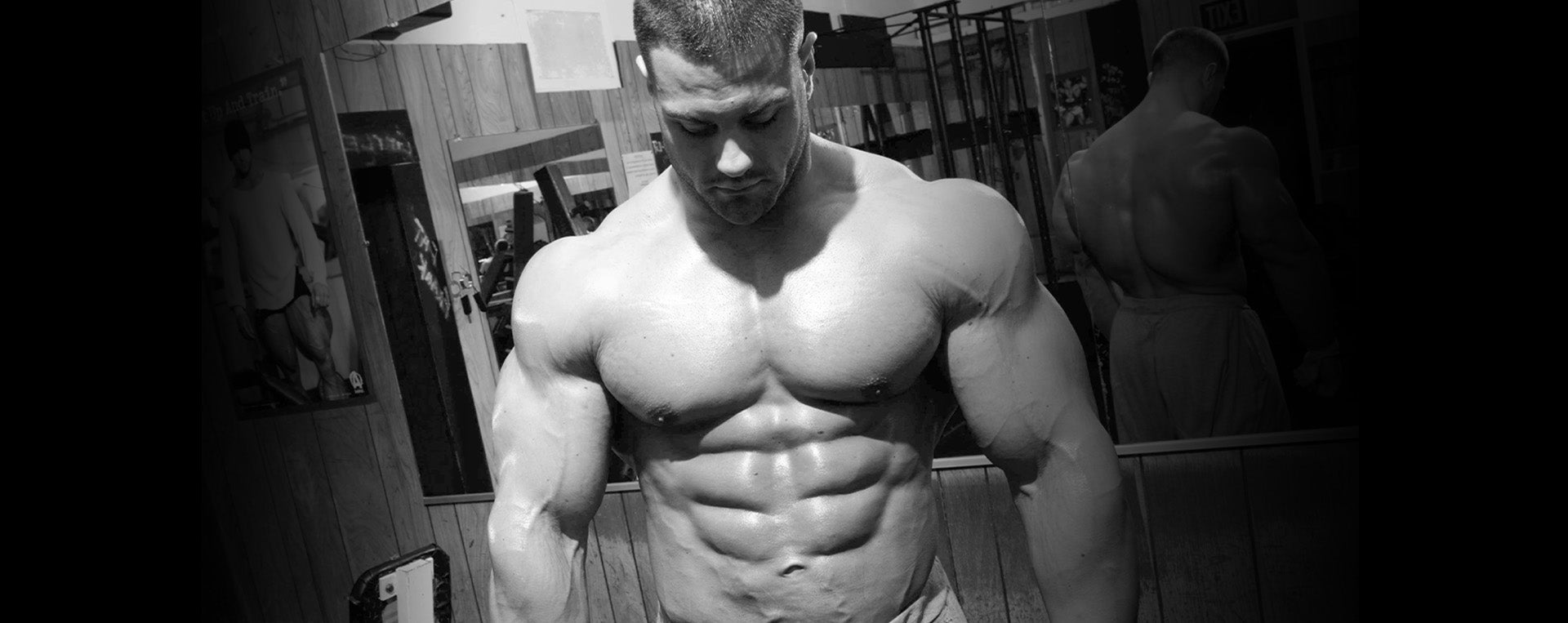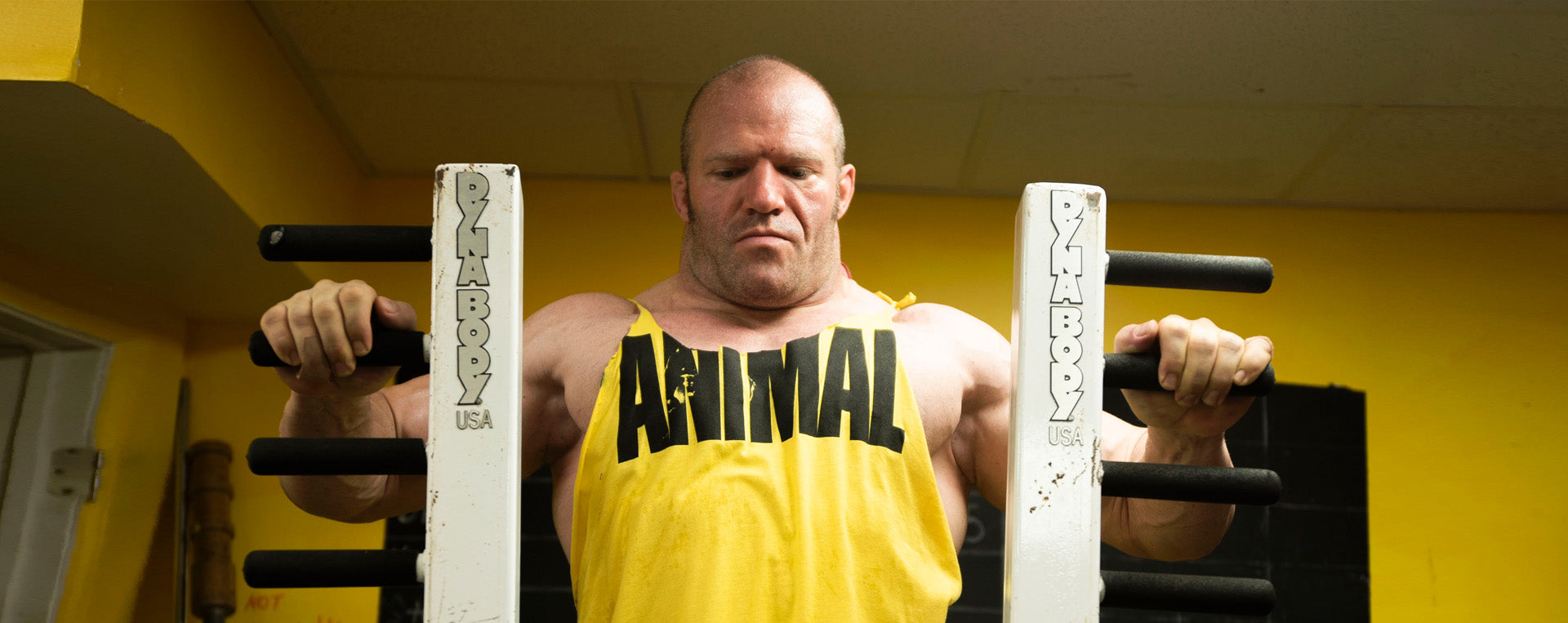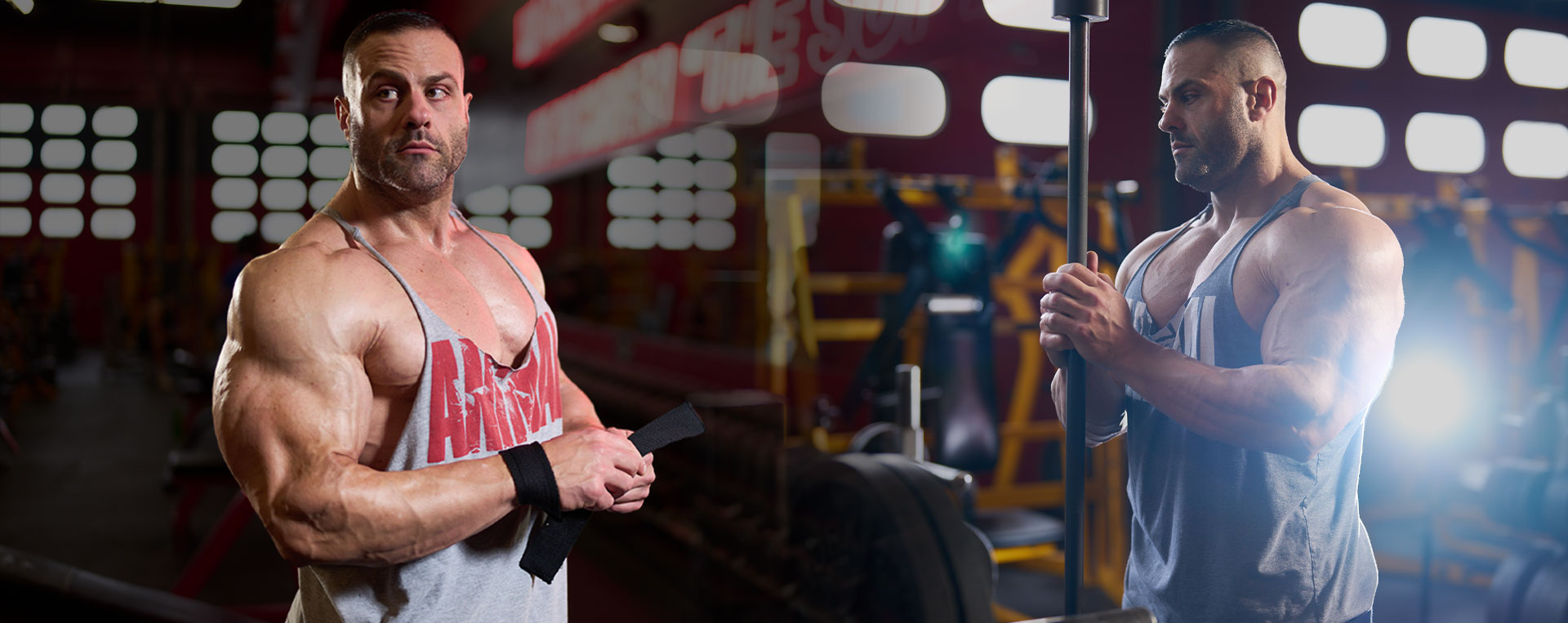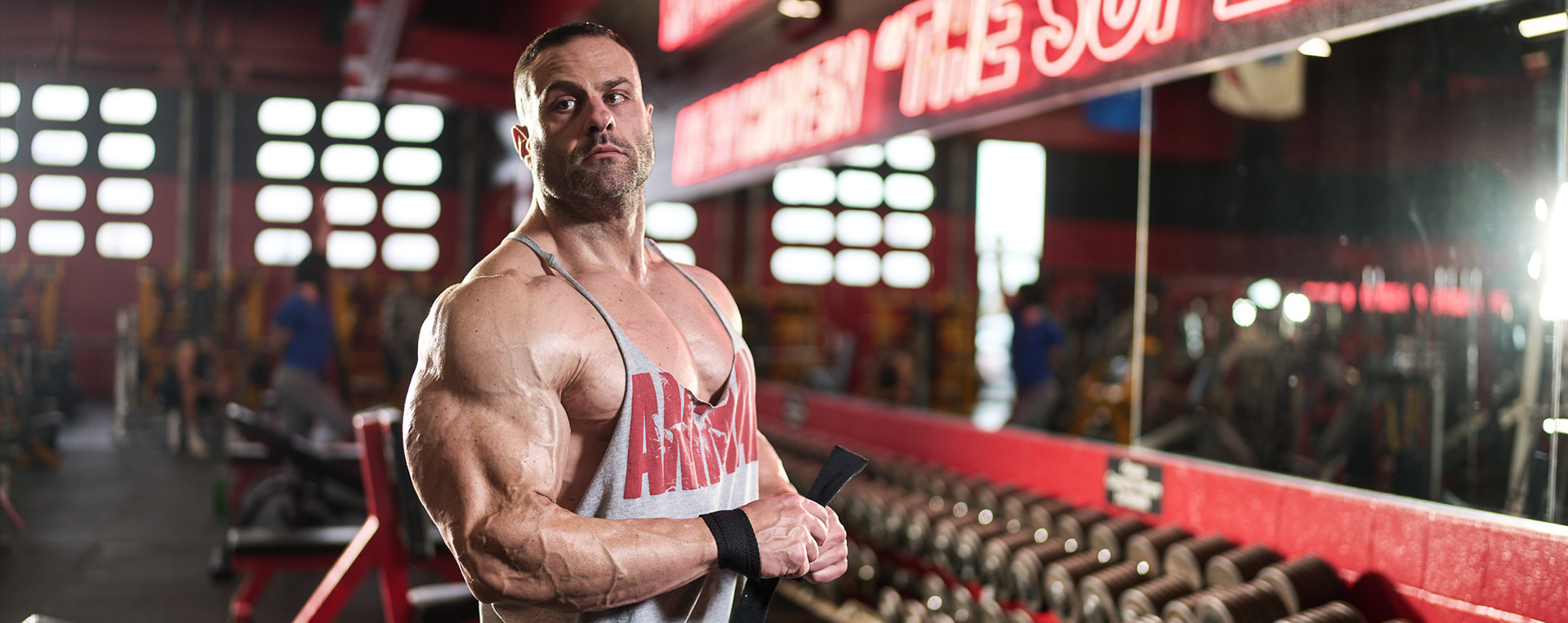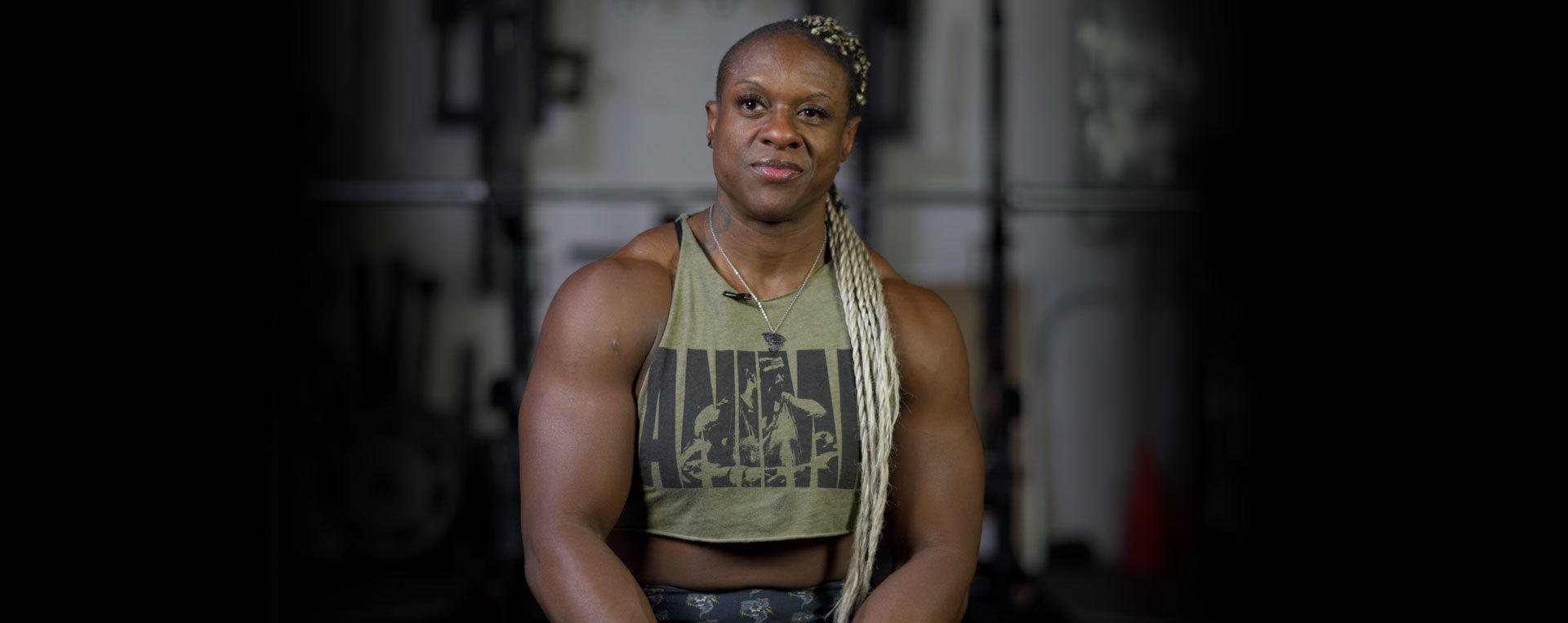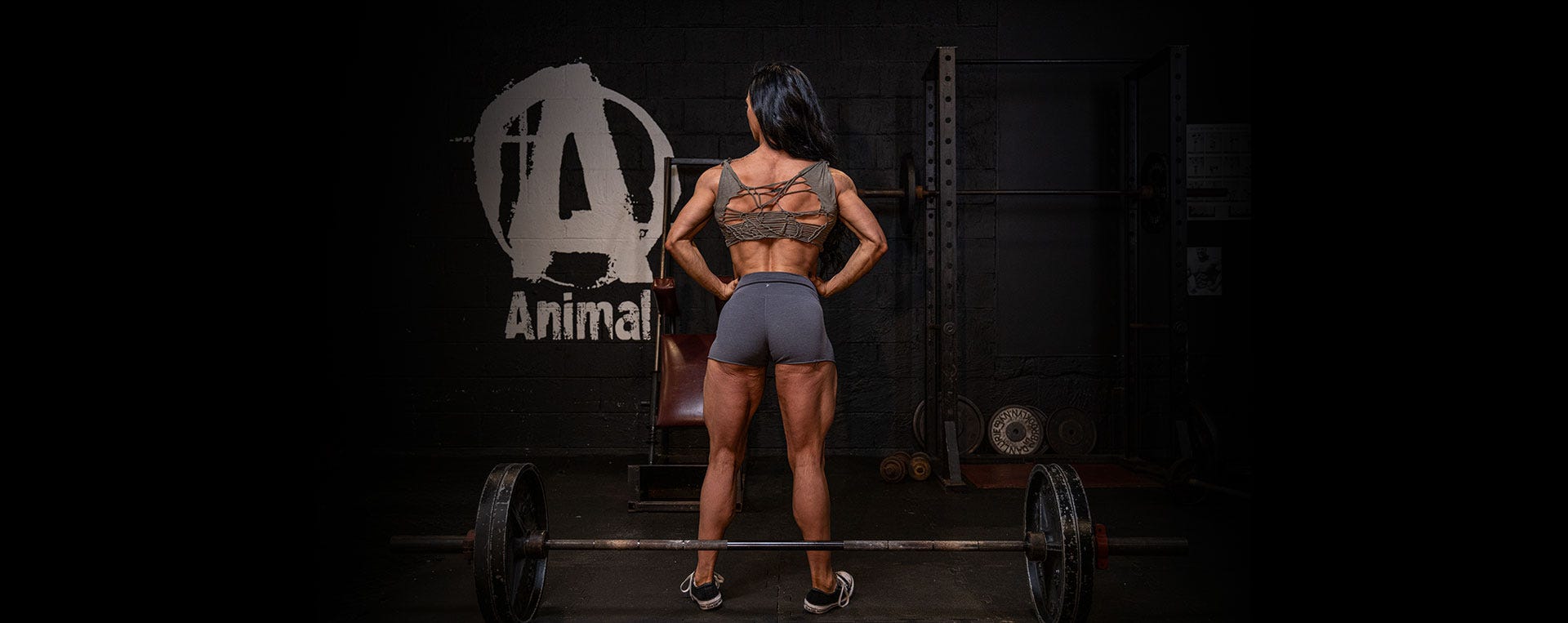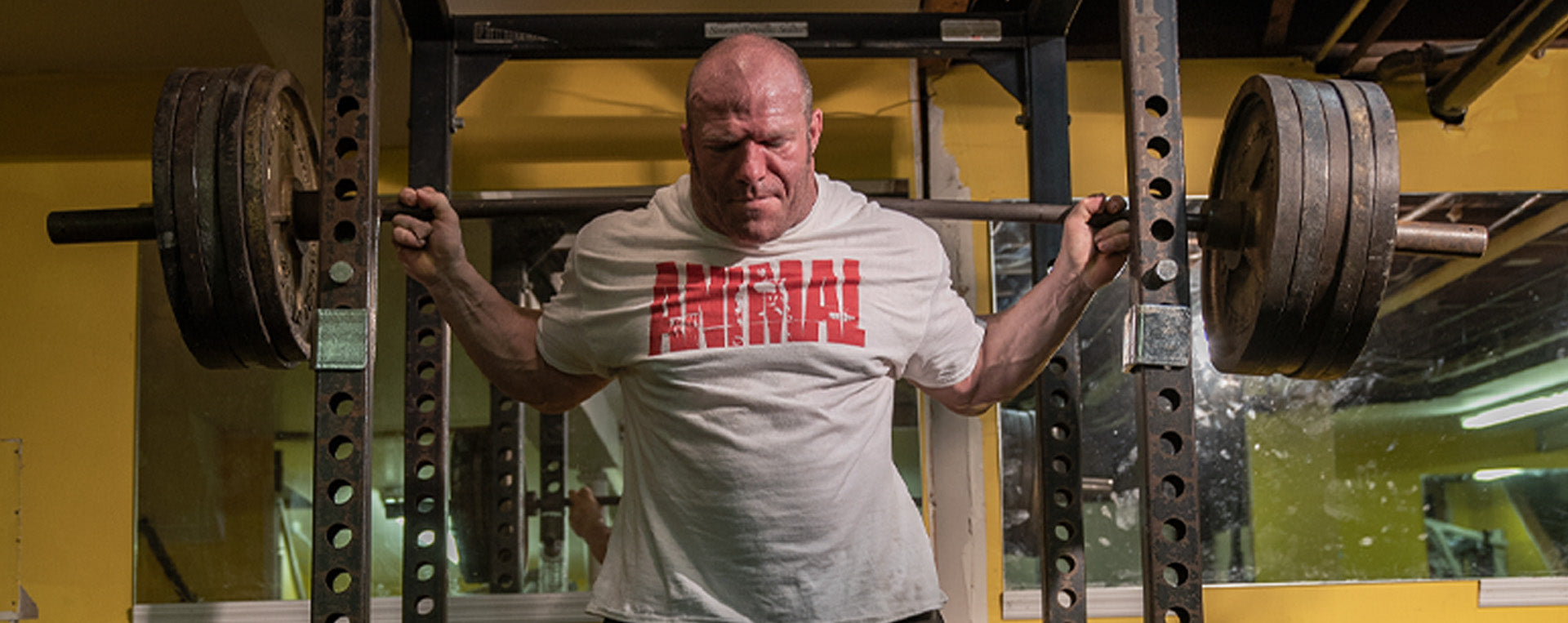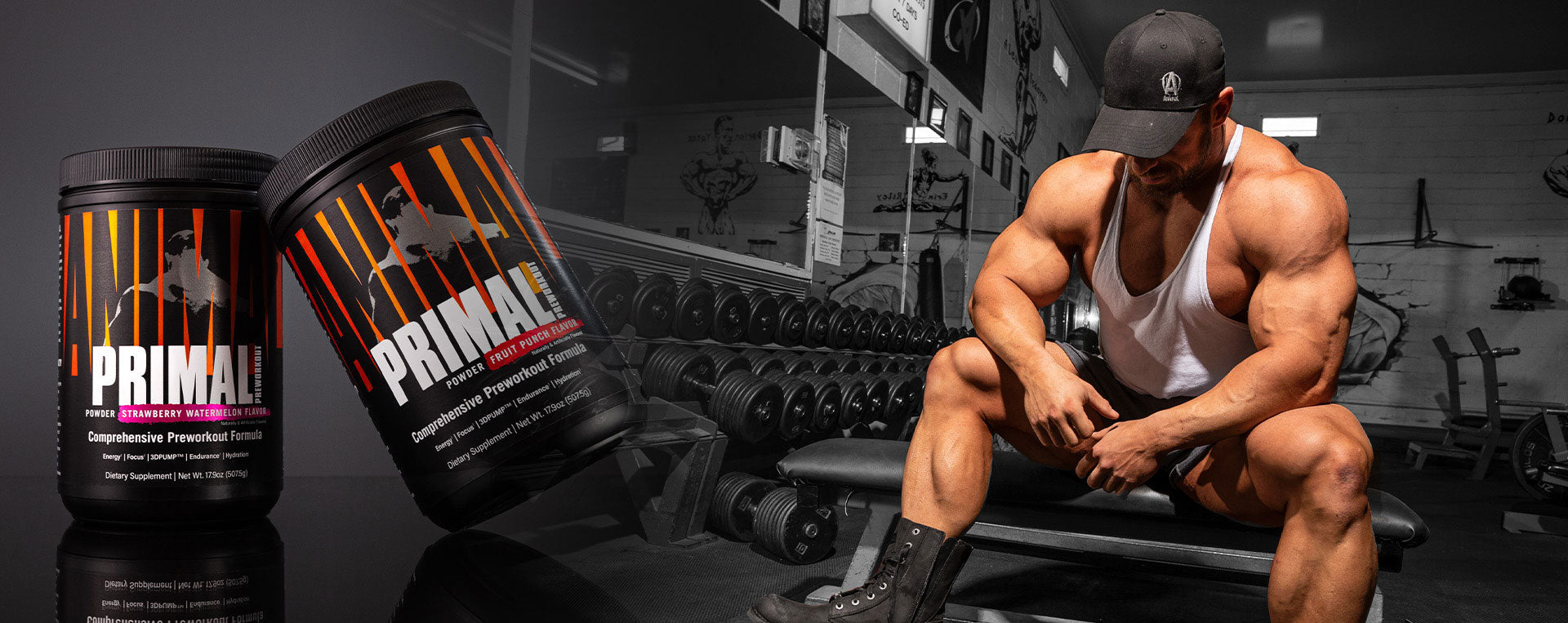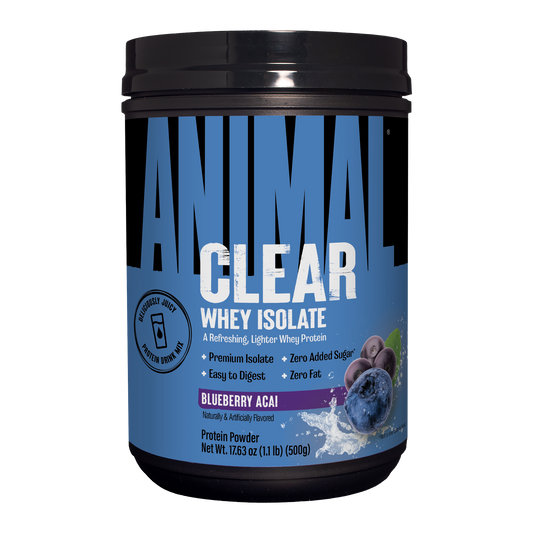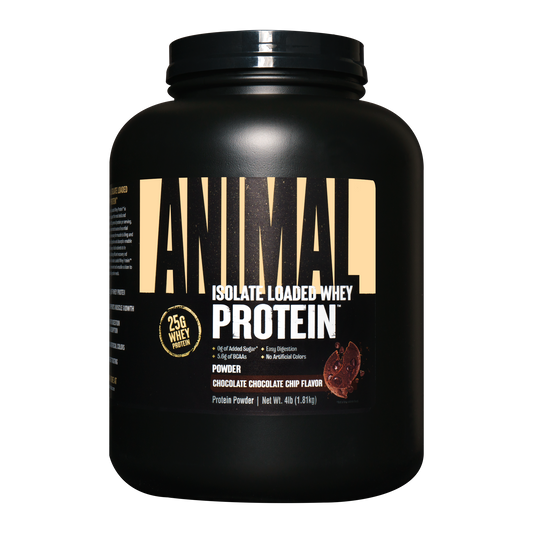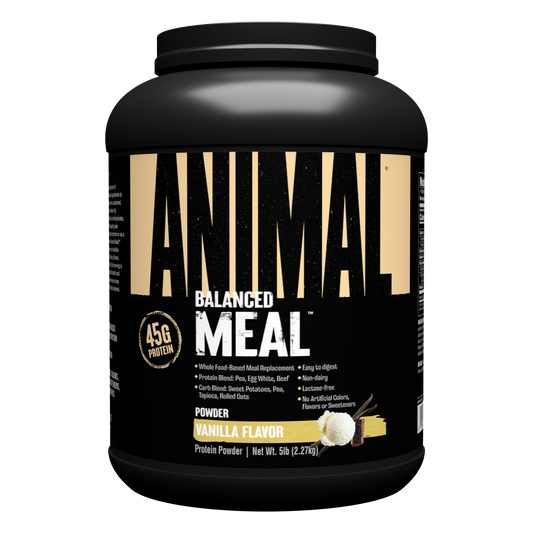Isolated vs. Systemic
We can all agree that productive training should be intense, right? Of course, the side effects of intensity are not felt only in the muscle being trained – but throughout your body as well. You're out of breath, tired, want to sit down, and you carry an overall feeling of discomfort. If it doesn't burn, ache, hurt, and generally make you want to stop, then I think it's safe to say that you might not be doing it correctly.
https://www.youtube.com/watch?v=kLTOXXGf6Yg
Perhaps one of the greatest opportunities to "do it correctly" and collect a big dividend is when you train your back. Done correctly, back training is very demanding. You can either go balls deep or you can stop short of fulfilling your potential. That's the difference between the hard and the soft.
Exercise Selection
When it comes to the iron, you're going to be uncomfortable. So you either learn to love it, or you'll need to leave it. Make heavy, basic free weight movements the foundation for your training. If you're going to use any plate-loaded or selectorized machines, then add them only in moderation. If deadlifts, barbell rows, and dumbbell rows are the "steak," then think of selectorized machines, cable movements, and plate-loaded machines as the side dishes.
Offseason vs. Precontest
Understanding this, does it make sense to favor of isolation movements (cables, machines, etc.) in order to get into shape? Yeah I know, we’ve all heard this stupid advice before. I’m just telling you that if you want to get in the best shape, train in a way that maximizes stress and caloric expenditure. Train heavy.
Performing barbell rows while standing on your own two feet and using every available muscle to grind out reps will leave you exhausted. Do a set of seated Hammer Strength rows and the way you're left feeling is entirely different. Admit it. You're not hurting so bad. It’s easier to start the next set. Why? Because it's not as strenuous. So use hard and heavy weight training to build muscle AND get in better shape.
What if you're in your offseason? Well, lucky you. Just train in a way that is actually TRAINING your body to adapt to new stimuli and you should stay leaner and denser than you normally would. Nutritionally speaking, I don't believe in calorie restriction during an offseason; you should actually be eating the maximum amount of food possible. What? "But Evan, won't I get fat?" So long as you don't eat like a child without boundaries, you should be fine. Stick primarily to basic whole foods that you prepare at home and you'll likely find it difficult to get too fat. But eat lots of processed shit and you'll look like processed shit.
While I recommend relying mostly on whole foods for your nutrition, shakes can be a viable tool when you're trying to add nutrition to the meals you're consuming. For example, I'm currently eating five whole food meals each day. On days where I have difficulty consuming a sixth, I make a shake. It’s quick and it’s simple. I also think it's beneficial to use refined carbohydrates during training. Simple, easily digested carbohydrates can help to increase training endurance and also expedite the recovery process.
The back training featured in the video is a very basic but effective workout for me. It consists of barbell rows, T-bar rows, lat pulldowns, and dumbbell rows. Depending on what the rest of my training schedule looks like on a given week, I might add deadlifts to a workout like this. On this particular day, I chose to keep the volume lower. Plus, the combination of barbell, dumbbell and T-bar rows was fairly taxing and the addition of deadlifts wasn't something I felt I needed (I had just deadlifted two days prior on leg day). In any case, here's a breakdown of the workout along with some tips you might find helpful.
Evan's Back Routine
With a movement like the barbell row, it's important to keep two things in mind. First, it is not an isolation movement. It’s okay and maybe even advisable to use your legs to some degree. If you attempt to keep your back 100% stiff, the stress placed on your lower back will increase as you go up in weight. Using your legs to "cushion" the negative portion of the rep will allow your legs and not your lower back to accept the brunt of the strain. Just be sure to try to keep your back as parallel to the floor as possible.
Aim for parallel, knowing you will likely end up at 45 degrees or less. Once your barbell rows start looking like modified shrugs you lose everyone's respect. Don't do that. Don’t be that guy. The effectiveness of this movement relies a good deal on the weight used. Simply put, the heavier you go, the thicker your back will get.
A welcomed side effect of heavy barbell rows is a stronger lower back, hips, glutes, and hamstrings. If more than one muscle group can benefit from an exercise, then I think that's a good thing. So long as your lower back is up to the task, starting with barbell rows will allow you to give them your greatest energy and power in order to move maximum poundages over maximum reps.
T-Bar Rows
1 warm-up set @ 20 reps, plus 2 working sets @ 10-15 reps.
While I feel that barbell rows are superior to T-bar rows, I do think that there is value in doing them both, and in the same workout. Just as I wouldn't use a Hammer Strength chest press as a stand-alone pressing movement in a chest workout, I would certainly do it in addition to an incline or flat barbell press.
Since the barbell rows have started to fatigue many of the back muscles, continuing with the T-bar will allow you to really finish things off while getting a slightly different feel from the movement AND letting some of the pressure off your lower back. It's important to note that even though the T-bar is hinged and operating as a lever, you should still cushion the negative portion of the reps using your legs.
Close Grip Cable/Lat Pulldowns
1 warm-up set @ 20 reps, plus 3 working sets @ 8-12 reps.
This is a movement that, surprisingly, allows a good deal of variation in the way it is performed. Most of the time, you will notice people sitting with their knees as far under the roller pads as possible and leaning back quite a bit as they lower the weight. Doing it this way is akin to some sort of modified high row as it will involve a lot more trapezius and rhomboid – and a lot less lat.
Considering the beating my middle back (trapezius, rhomboids) has just taken, my main reason for performing this movement is to hit the lats. It is the most isolated movement I will do and I perform it in a way that is conducive to isolating the lats as much as possible.
First, when sitting down, position yourself with your knees just under the foam rollers so that you are stabilized – no more than that. You want the cable to be in front of you rather than overhead. Second, as you pull the cable down, keep your elbows in front of you rather than flared while you lower the cable to the top of your ribcage. Third, keep your chest high the whole time and do not move your torso.
Remember, the only thing moving should be your arms. Don’t forget to stretch at the top and squeeze at the bottom, and doing all that you can to create tension in between. You're not trying to set records with weight or reps here, so focus on making each rep as difficult as possible.
Dumbbell Rows
3 sets @ 10-15 reps.
Over the years I've tried several variations of this movement: off the rack, one knee on a flat bench, leaning into an incline bench. I've concluded that the original way of performing the movement (one knee on a flat bench) is the best way for me. Why is it the best? It's not so isolated (leaning into the incline bench) that it puts you at a disadvantage and unable to move any appreciable weight, but it's also not so leveraged (off the rack) that you are able to use insanely large dumbbells, which might stroke your ego but do very little for your back.
When doing these, it's important that you exercise good form and control, but of course go as heavy as possible. To give you an idea, I use 100lb dumbbells with slow and controlled negatives to get the most out of this movement. I've been at the other end of the spectrum and used 200lb dumbbells off the rack and I feel that doing it lighter with one knee on the bench is superior. It's important to maintain a neutral grip and keep the dumbbell close to your body pulling it upward and back toward your hip on the contraction, and down and forward on the negative. The dumbbell should brush the outer part of your pec on the way up. As always, get as many reps as you can and use rest-pauses to squeak out every last rep possible.
Conclusion
If you approach training this way, then the workout should practically structure itself. Believe me, you'll know when to stop. Your body will tell you and you won’t have to rely on some arbitrary end point. Remember, the routines themselves are meaningless. Applying yourself and committing to breaking barriers and leaving comfort zones is what's meaningful. Training is systemic. Systemic, hard training lead to serious side effects. Those side effects include size, strength, and reduced body fat.




